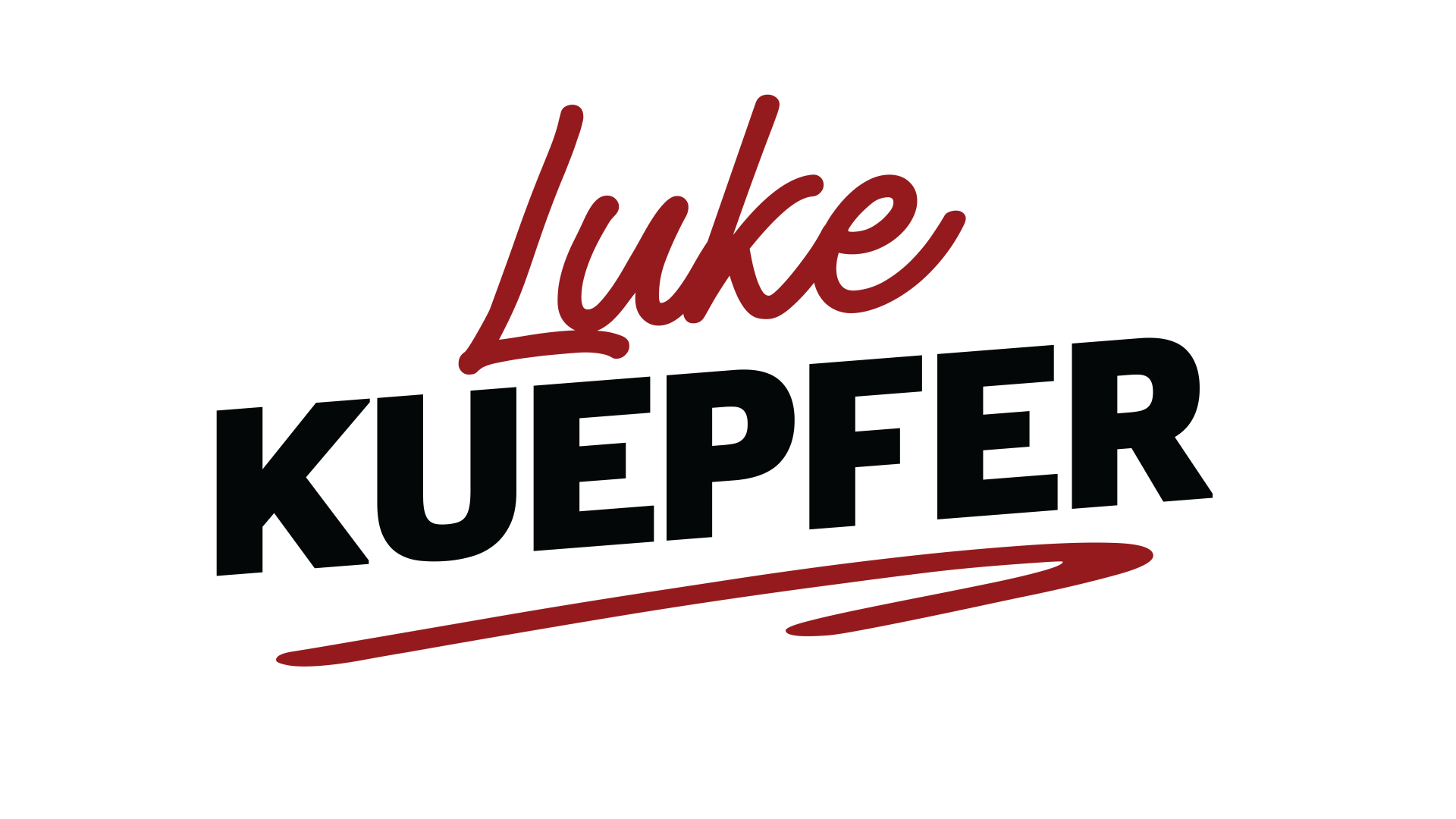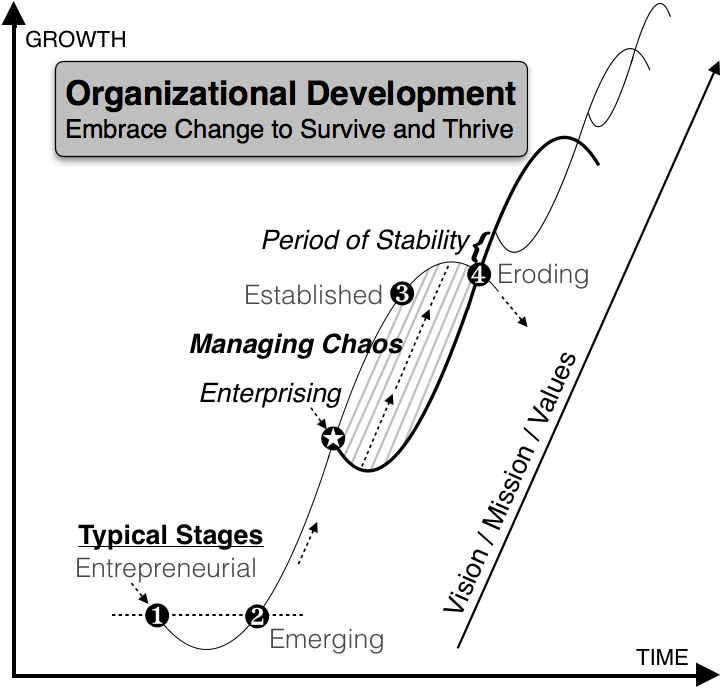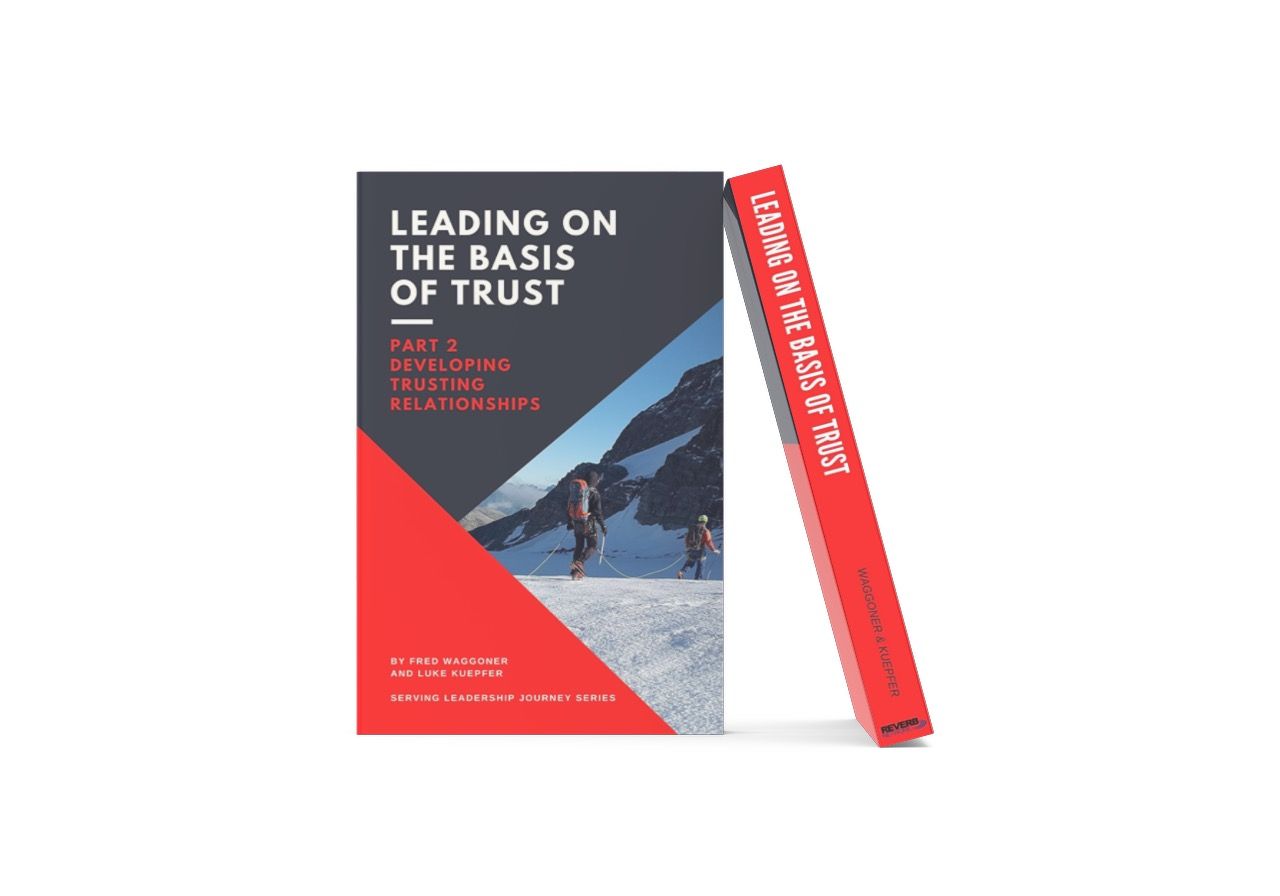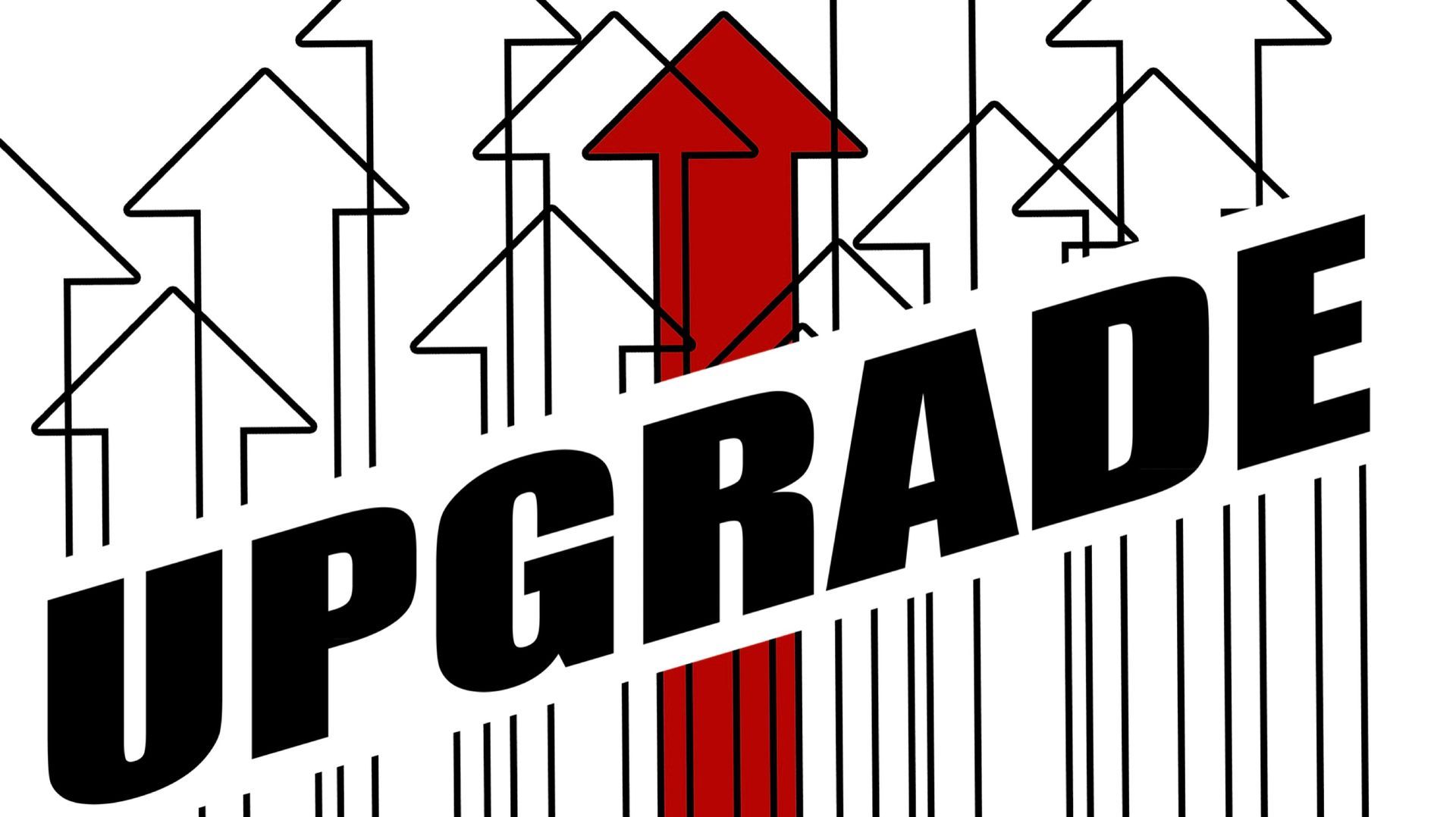The Sigmoid Curve, Part 3
Several weeks ago I introduced the concept of charting the rise and fall of organizations on a sigmoid curve. I pointed out that in order to avoid the ERODING stage an ENTERPRISING stage must be launched while an organization is experiencing momentum.
Great leaders see the ERODING stage coming and launch a new sigmoid despite the common consensus that what's working should continue. They realize that organizational inertia prevents movement into the ENTERPRISE stage. They also know that they risk offending those who had taken a risk when coming on board at the ENTREPRENEURIAL and EMERGING stages of the initial sigmoid.
What’s needed is a two-systems approach. Keep the old system going while introducing a new one. Empower “outside-the-box” thinkers to launch something new while maintaining ongoing systems and processes. After all, maturity and stability are good while they last. While difficult—one will need to work extra hard at getting both groups to appreciate the other—managing the chaos of running simultaneous systems until the first one is no longer relevant will ensure ongoing organizational success.
Great leaders embrace periods of chaos with each growth phase in order to sustain their long-term vision, mission, and values. Not changing leads to the ERODING stage which actually takes organizations directly against their original purpose.
Next week I will wrap up this discussion on the sigmoid curve along with some examples of companies that have reinvented themselves to survive and thrive.















